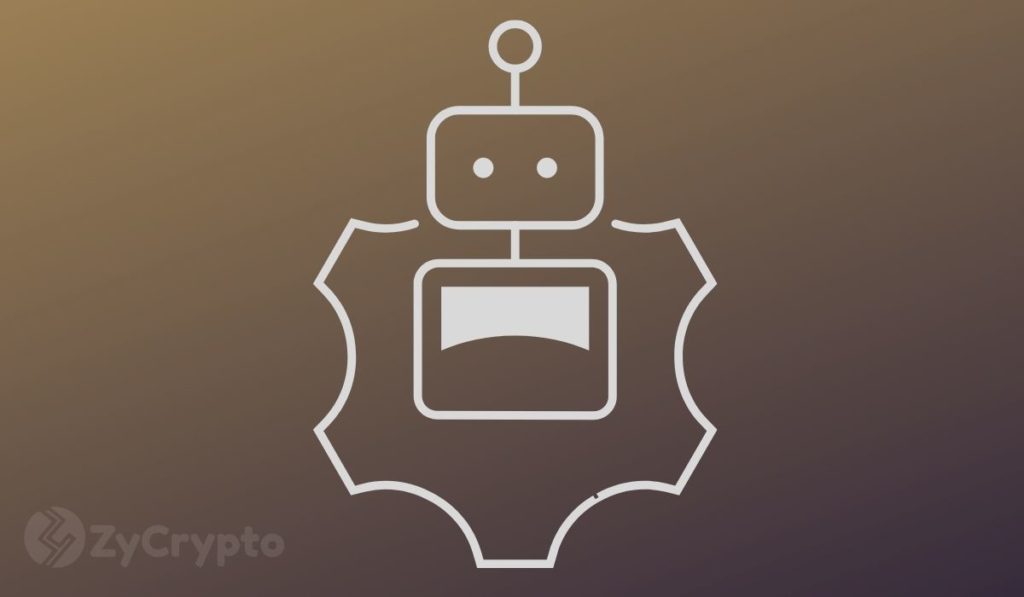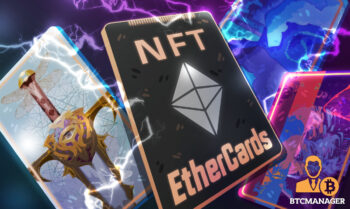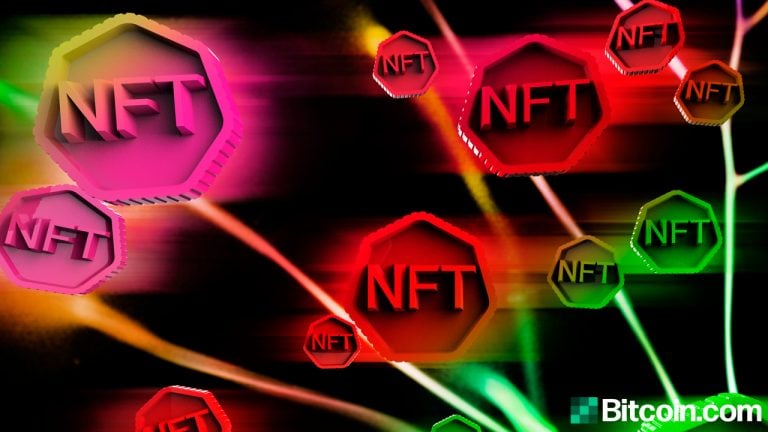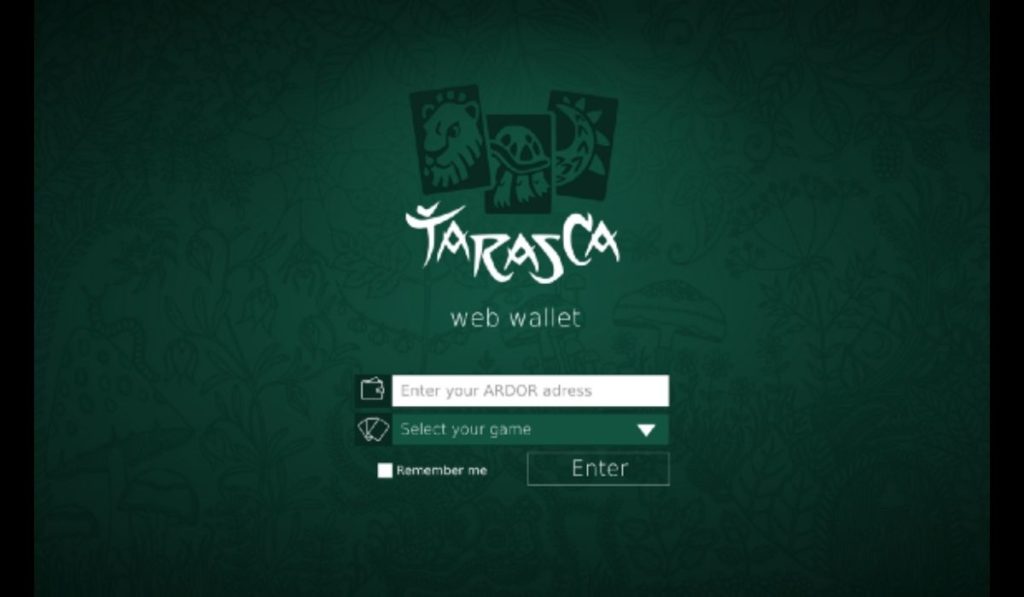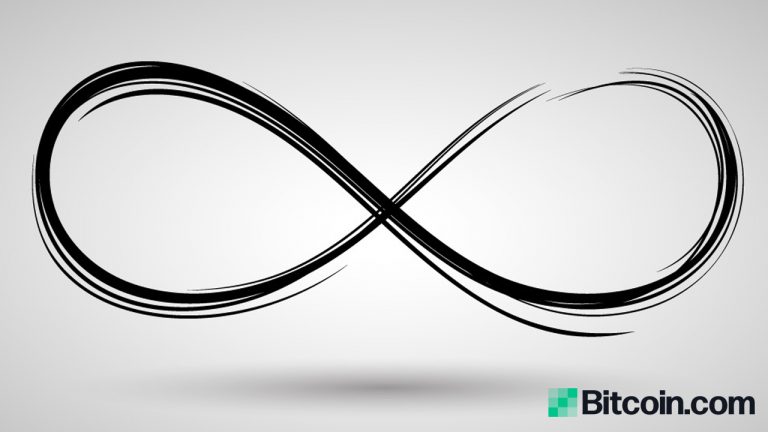2021-3-23 12:57 |
Artists, celebrities, art collectors, even high school students… these days, everyone’s starry-eyed about art and collectibles in the form of non-fungible tokens, a.k.a NFTs.
Why shouldn’t they be! The American digital artist Beeple just sold one of his NFTs for over 69.3 million dollars, making it the third most expensive artwork sold by a living artist EVER. All Beeple could tweet in his excitement was: “Holy f**k.
The sale adds to the bigger picture of our fastly digitizing world and the rising interest in digital art and collectibles.
The hype is such that a few hundred thousand dollars have started to look like small grabs in the world of NFTs. And unsurprisingly, as art enthusiasts turn to NFTs, so do hackers.
Where There is Money, There are HackersDo you ever wonder why there are less money heists now? Why do we no more hear of robbers in Dali masks and balaclavas entering banks with guns in their hands to rob the rich and the poor?
Well, they don’t need to. In the age of the internet, all thieves need is the right data and some computer skills to steal all the money they want.
We’re seeing this transition in the art industry as we switch from physical to digital. Art heists, art thefts, or art napping… whatever you may call it… would no longer require thieves to step away from their comfy couches. Breaking glasses to enter art galleries, crawling through ventilators, and hanging from a military tow strap tied to the waist just to steal a painting is all but obsolete.
All that art thieves now need is the right information, your wallet’s private key, or the password to an account, and that’s that. Say goodbye to your artwork.
And this modern form of art heists has already begun; the first victim is one of the most famous NFT marketplaces, Nifty Gateway. Recently, several users claimed that their entire NFT collection was stolen while some reported that their credit card linked to Nifty was used to buy new NFTs. Apparently, Nifty found that none of the compromised accounts had 2FA, or two-factor authentication, enabled.
A little Bit of Extra Knowledge Never Hurt NobodyIt’s understandable, the excitement… and how you may be intrigued to buy new NFTs right away from a centralized marketplace. They make your life easy by allowing you to use your credit card to purchase your tokens. But they also compromise your security by not giving you control over your private keys.
It’s okay to not understand everything in the beginning, but here’s a basic explanation of how things work to get you started.
Any cryptocurrency, including NFTs, are stored on a blockchain, which is a ledger that no one centrally controls. And users who own a crypto token actually own a private key that points to a specific amount of those tokens stored on a blockchain. That is how the blockchain knows who owns what tokens or NFTs and displays that on their wallet.
Also, once an NFT transaction is made on the decentralized ledger and assigned to a different private key, there’s no way anyone can reverse the transaction. Not your keys, not your NFTs.
So, if someone gains access to your account on a marketplace and transfers your tokens to their wallet outside of the platform, it would be impossible to get back your tokens.
Therefore, the safest option is to store your NFTs in a wallet that gives you control of your private keys and provides you with the security of a 2FA.
Are you ready to learn how you can do that? Because we sure are excited to help you with it.
Your NFTs, Your ResponsibilityIf you have spent your hard-earned money on NFTs, there’s no way you should take their security lightly. But how to safeguard your NFTs, you wonder?
To start with, you must choose the right crypto wallet to store your NFTs. And there are two types of those: software (hot) and hardware (cold) wallets.
Now, most NFT marketplaces require you to have a software wallet, which is used to instantly create your account on the platform. These software wallets are connected to the internet, which exposes your private keys to some level of risk, but they make regular transactions on dApps, or NFT marketplaces for that matter, more convenient. Additionally, they’re still far safer than buying NFTs with credit cards.
On the other hand, hardware wallets offer ultimate security by keeping your private keys disconnected from the internet. But that makes it difficult to directly buy or sell NFTs on marketplaces.
So, which one should you choose? How about using a mix of both to ensure ease of use and ultimate security?
The Ledger Nano is a range of hardware wallets that allows you to connect with trusted third-party hot wallets like MetaMask and MyEtherWallet. When you link your Ledger Nano to MetaMask, the private key controlling your NFTs still remains in your hardware wallet, tucked away in the fortress of its secure element chip, all while your hot wallet can read your balance and help you manage it.
Hence, you can connect your MetaMask wallet to any NFT marketplace like Rarible or Open Sea and easily trade the NFTs from the security of your Ledger device. Every time you want to make an action, the MetaMask wallet will send a request to your Nano wallet, asking your permission to approve it. The transaction will only take place when you sign/approve the request using the private key in your hardware wallet.
This works the same as your bank sending you a one-time password on your mobile phone to approve transactions, but only this time with the blockchain’s immutable level of security. And as long as you have your Nano, and safeguard your recovery phrase, no one can steal your NFTs.
Connecting Your MetaMask Wallet to Ledger NanoIf what we said above sounds promising, here are the simple steps you can follow to connect your Ledger Nano with MetaMask:
Step 1. Connect your Ledger Nano with your computer device using a USB cable. Also, open your MetaMask wallet in full screen on Brave or Chrome browser.
Step 2: Click on the top-right menu of the MetaMask wallet and then find and click on “Connect Hardware Wallet” in the drop-down menu.
Step 3: The next screen will show you all hardware wallets you can connect to MetaMask. Select Ledger, and click connect.
Step 4: The window will then display a list of the Ethereum accounts you have on your device (create one if you don’t have any). Choose your desired account and click “Import.”
And just like that, you can manage and transact your NFTs from the security of your Nano hardware wallet.
If you want, you can also link your Ledger Nano to many third party wallets.
Closing ThoughtsJust like for any new technology, getting started in the decentralized space can be overwhelming at times. It was for most of us. But that does not have to stop you from enjoying the ownership, privacy, control, and financial freedom that this technology has to offer you.
To make things easy for you, we have the most engaging, free educational material to guide you through every step in this space. Whether you prefer to read or to watch videos to educate yourself, we have you covered with the Ledger Academy and School of Block.
Just in case you’re wondering… yes, you’ll learn more about NFTs, private keys, blockchain, security, and every new term you may have come across in this article!
origin »Know Your Developer (KYD) на Currencies.ru
|
|
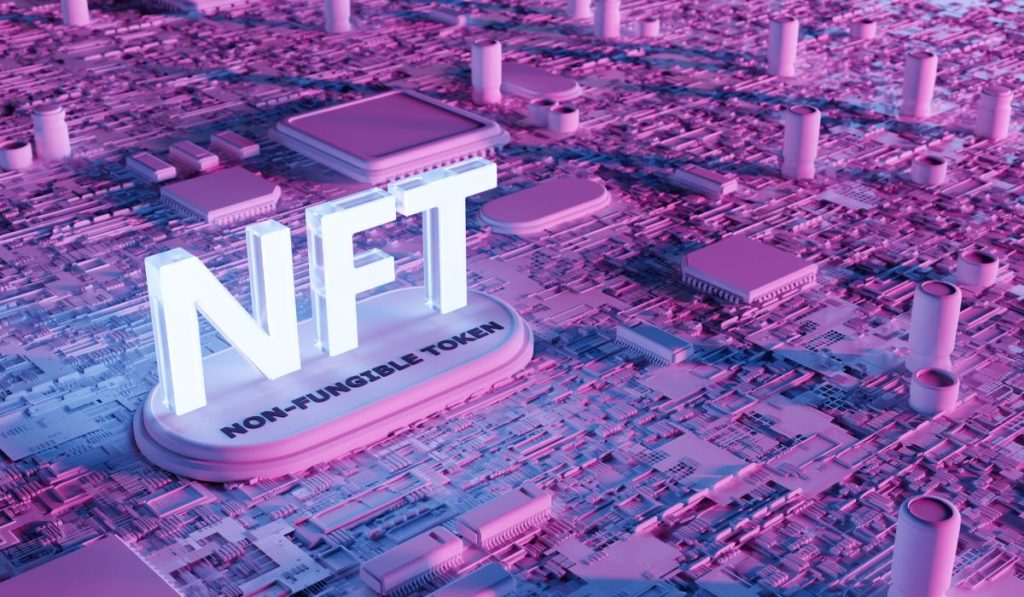

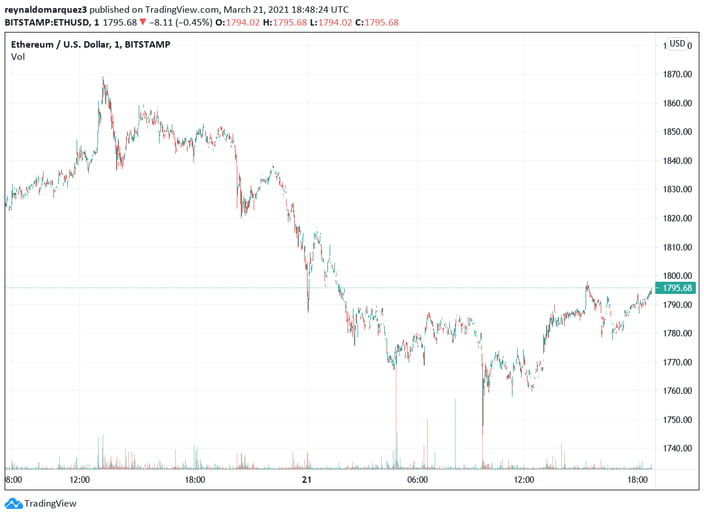
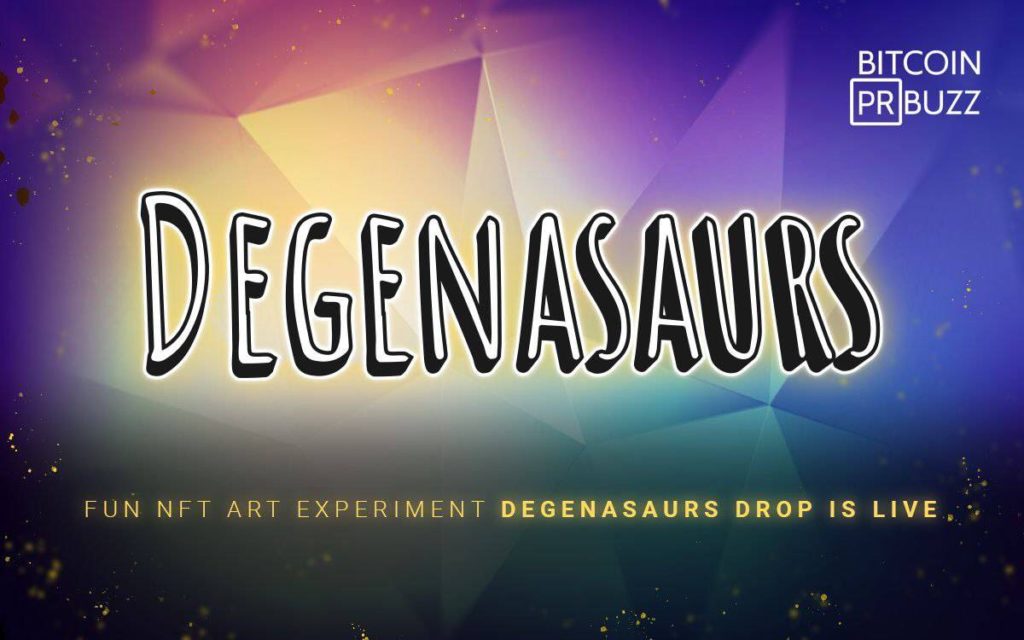


/cdn.vox-cdn.com/uploads/chorus_image/image/68948366/2021_NYR_20447_0001_001_beeple_everydays_the_first_5000_days034733_.0.jpg)
